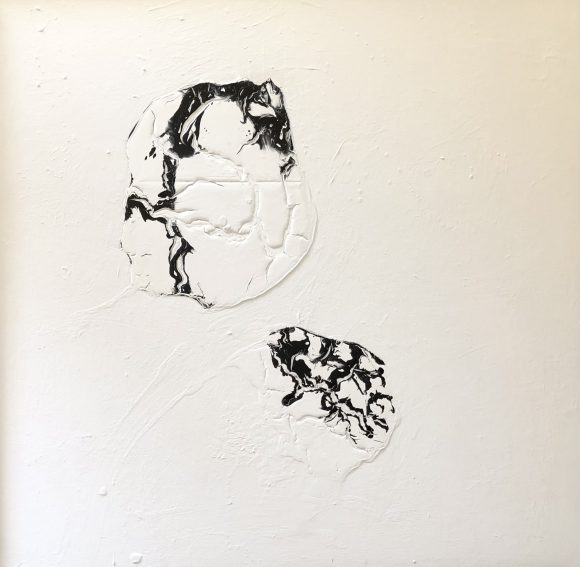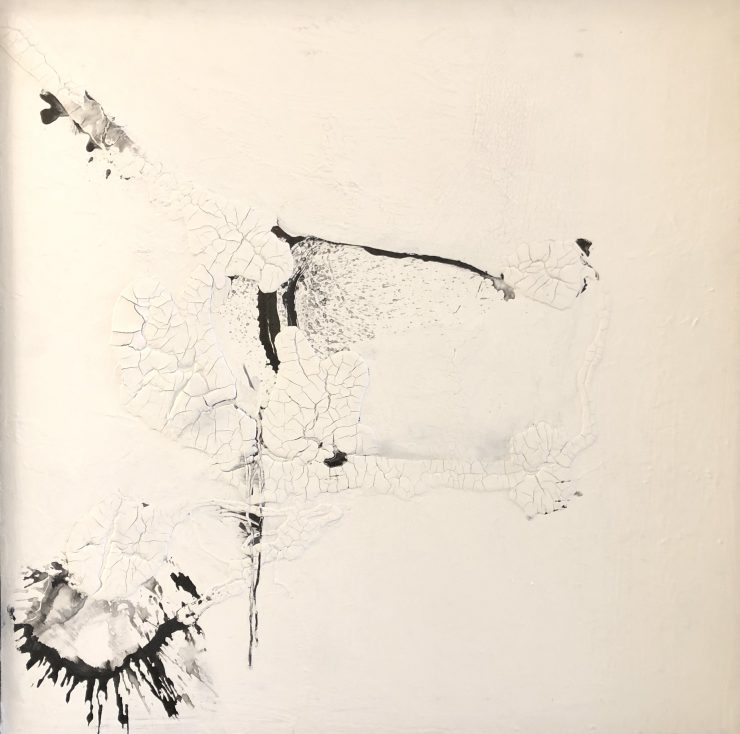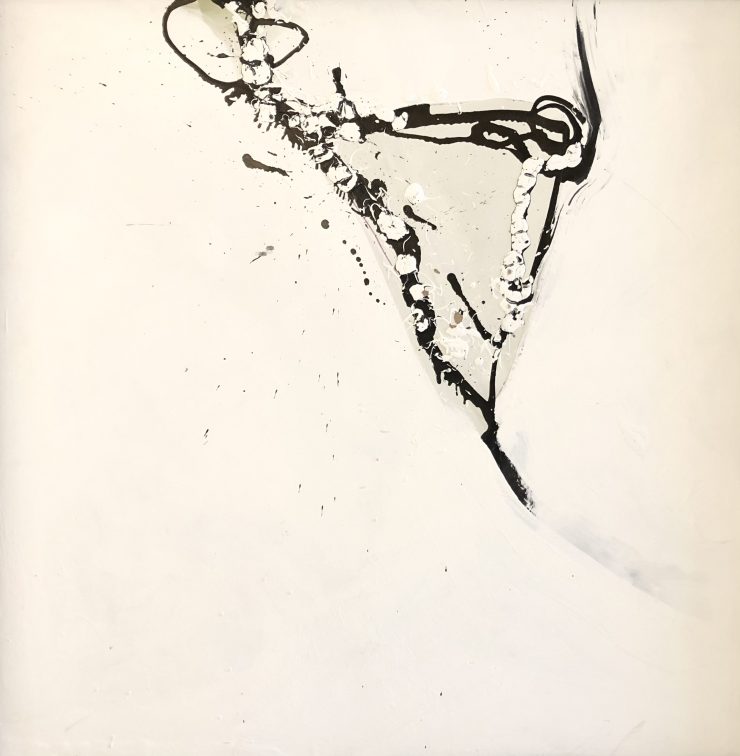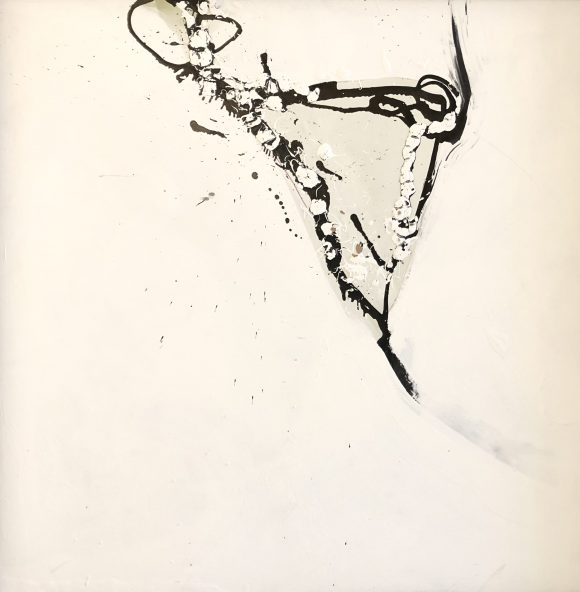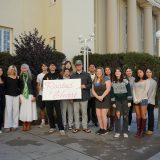Rediscovering Wonder: The Abstract World of Jay Sagen
June 27, 2024
No season reminds me of my childhood more than summer. Away from the stress of grades and seemingly endless assignments, I feel a weight off my shoulders, like back when I was at least two feet shorter, and everything mattered a little less but also meant more because I was just discovering the world, free to explore it with stumbling eagerness. It is in this same vein of childlike curiosity that Jay Sagen’s works exist. They invite us to return to the mind that imagined and experienced things beyond just the way they were. In witnessing his works, I suggest you take the time to sit with them and simply look. Let the power of observation fail you in the sense that you are not looking to see but to feel.
“I think that (…) kids could do it… Some of the best art I’ve seen is done by 3-year-olds. In a sense, maybe I’m trying to be that 3-year-old and strip myself of all kinds of conventions. I’ve been around a long time, I’ve had a lot of training, I have lots of degrees, I have all this experience, I do all this stuff, and yet, where I want to be is where that 3-year-old is.”
In contrast to the vibrant colors one might associate with childhood, Sagen relies only on black and white to communicate on his masonite canvases. These works are rich with texture, exploring the interplay of form and void. The simplicity of the monochrome palette strips away distractions, allowing viewers to delve into the raw emotion and movement within each piece.
- Jay Sagen, Untitled, paint and ink on masonite, c. 2008. Gift of Diane Sagen.
Featuring sweeping, gestural forms that seem to dance across the masonite, the bold, black details contrast sharply with the white background, creating a sense of dynamic tension. The abstract splotches are alien-like in their fantasticality, with their tendrils and splatters of ink evoking an aliveness as if the works are pulsing with life. The use of negative space is particularly striking, as the untouched areas become as significant as the amalgamation of ink and acrylic, highlighting Sagen’s mastery of balancing presence and absence.
“It’s easy to get away from some things with color where it is much harder in black and white. Everything has got to stand in black and white. You can’t get away with things. Color is so sensuous; you can get lost in the color, and you can also resolve issues with color in a way that doesn’t force you to deal with what I think I need to deal with.”
Interestingly, all of Sagen’s works are untitled, a feature that emphasizes the subjectivity of the viewer’s experience. By leaving his works unnamed, Sagen avoids imposing his interpretation on the audience, rousing them to engage with the art on a personal level. This way, viewers may project their emotions, memories, and imaginations onto the artwork, making each interaction unique and deeply personal.
Sagen’s works challenge us to look beyond the surface. They are not mere representations but are meditations on perception and the essence of seeing. His work encourages us to reconnect with the simplicity and purity of childhood perception. In stripping away our preconceived notions and expectations, we embrace a more intuitive and emotional engagement with art. Sagen’s works are a testament to the enduring power of wonder, a reminder just in time for summer. So go out and explore and stop by 633 West Palm to feel the full effect of these pieces.
Links:
http://www.jaysagen.com/about.html
http://www.jaysagen.com/pdf_s/airbrush_mag_interview.pdf
We invite you to explore all the works in the Escalette Collection by visiting our eMuseum.
Wilkinson College of Arts, Humanities, and Social Sciences is the proud home of the Phyllis and Ross Escalette Permanent Collection of Art. The Escalette Collection exists to inspire critical thinking, foster interdisciplinary discovery, and strengthen bonds with the community. Beyond its role in curating art in public spaces, the Escalette is a learning laboratory that offers diverse opportunities for student and engagement and research, and involvement with the wider community. The collection is free and open to the public to view.

